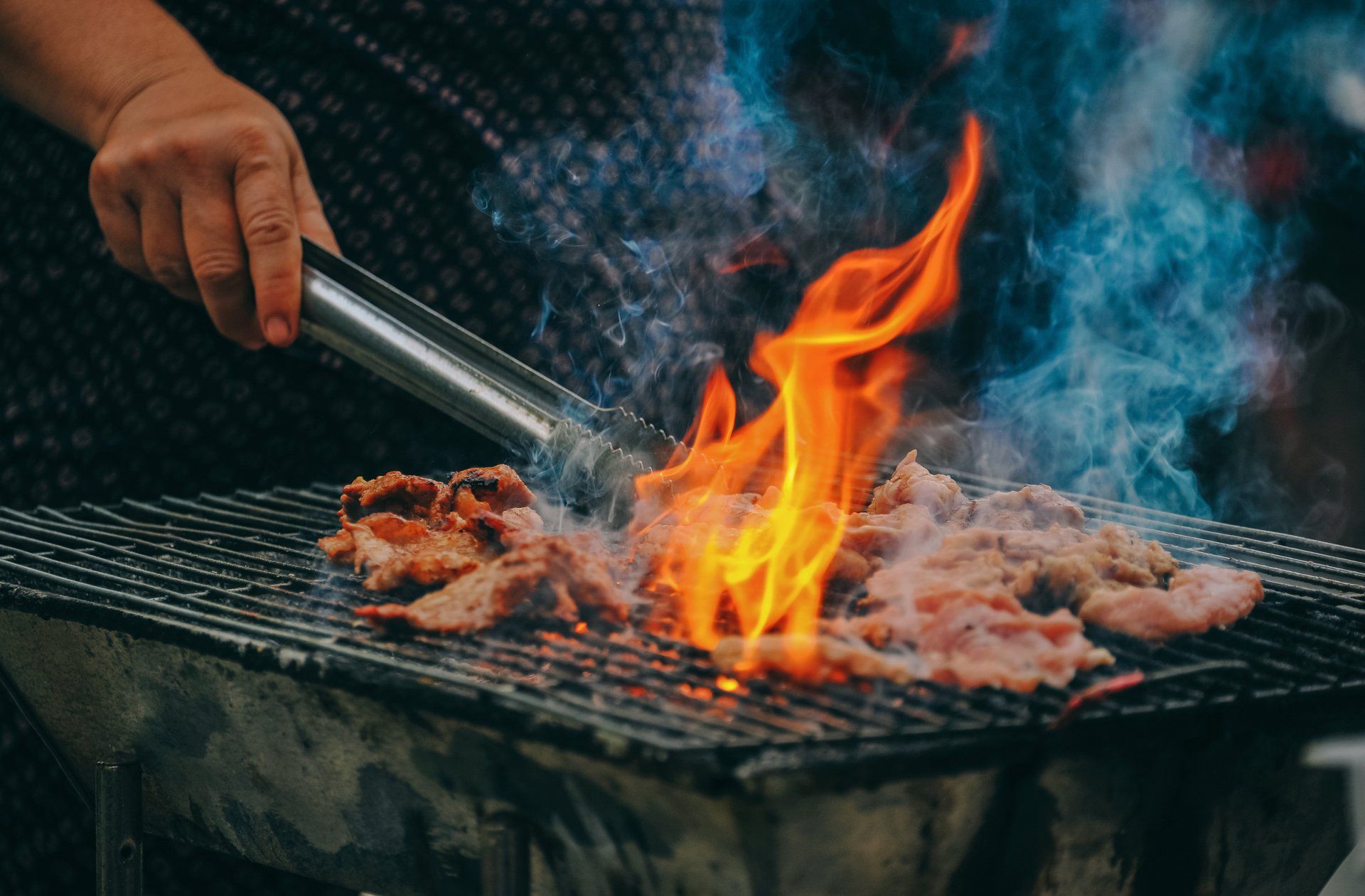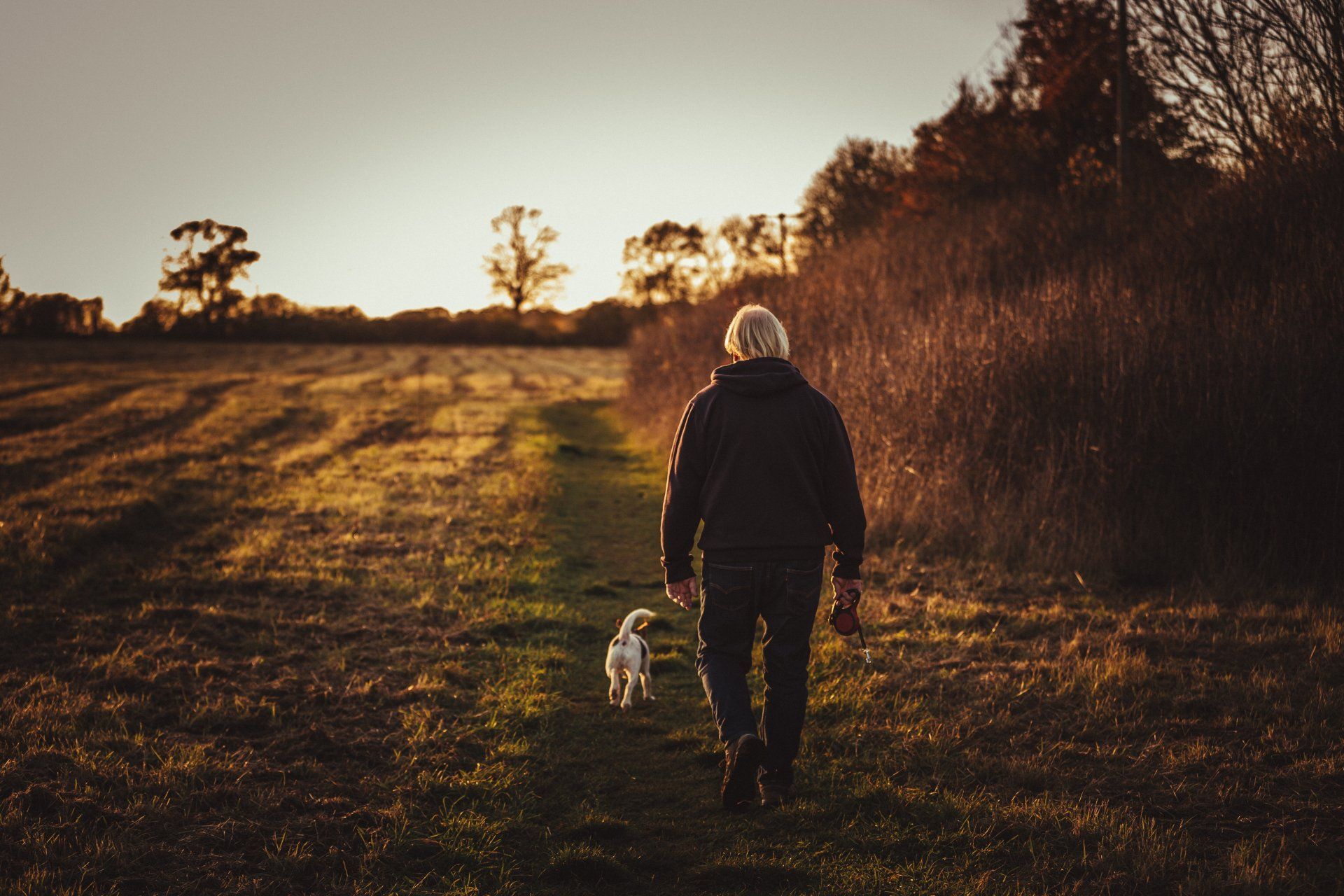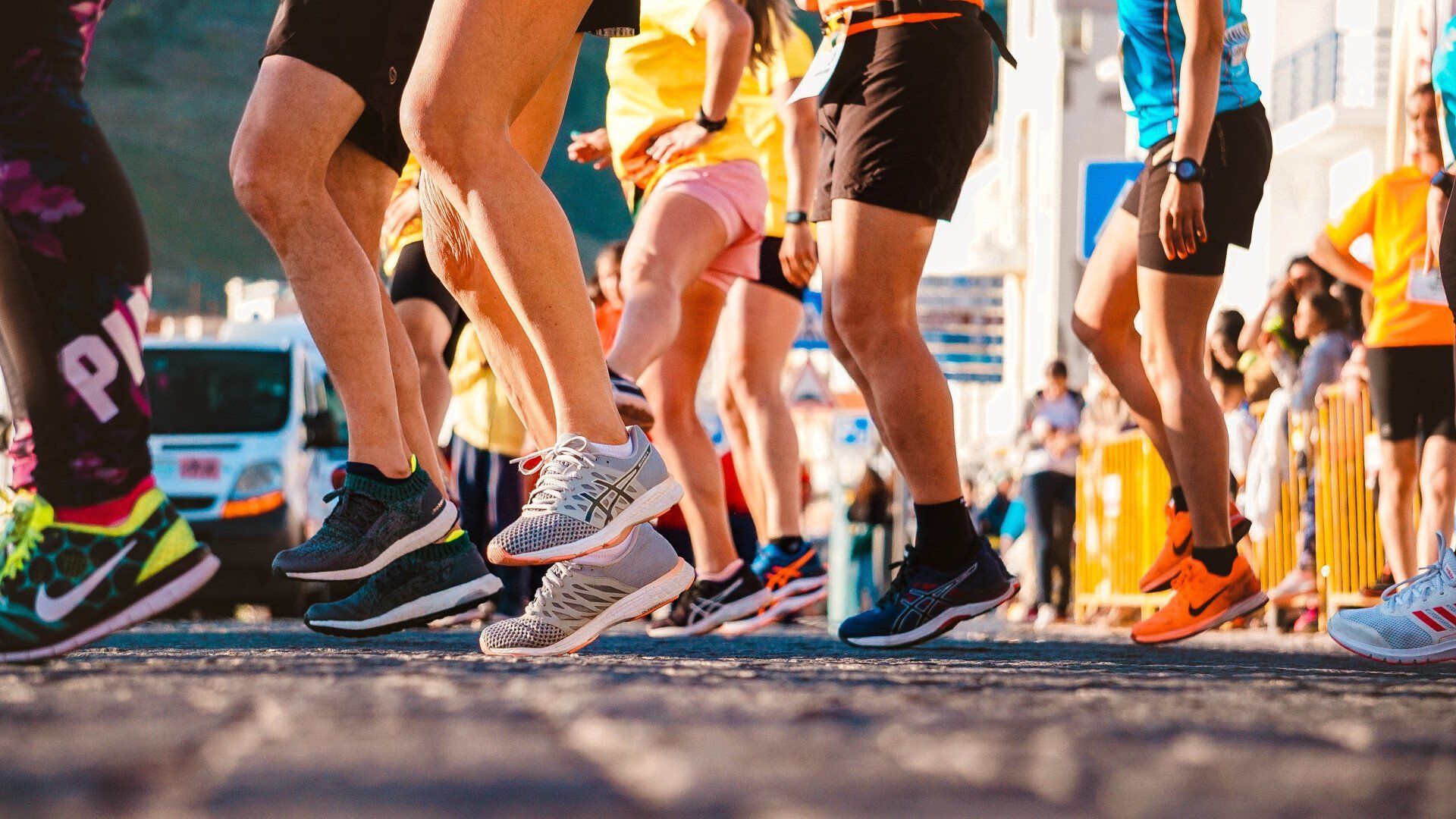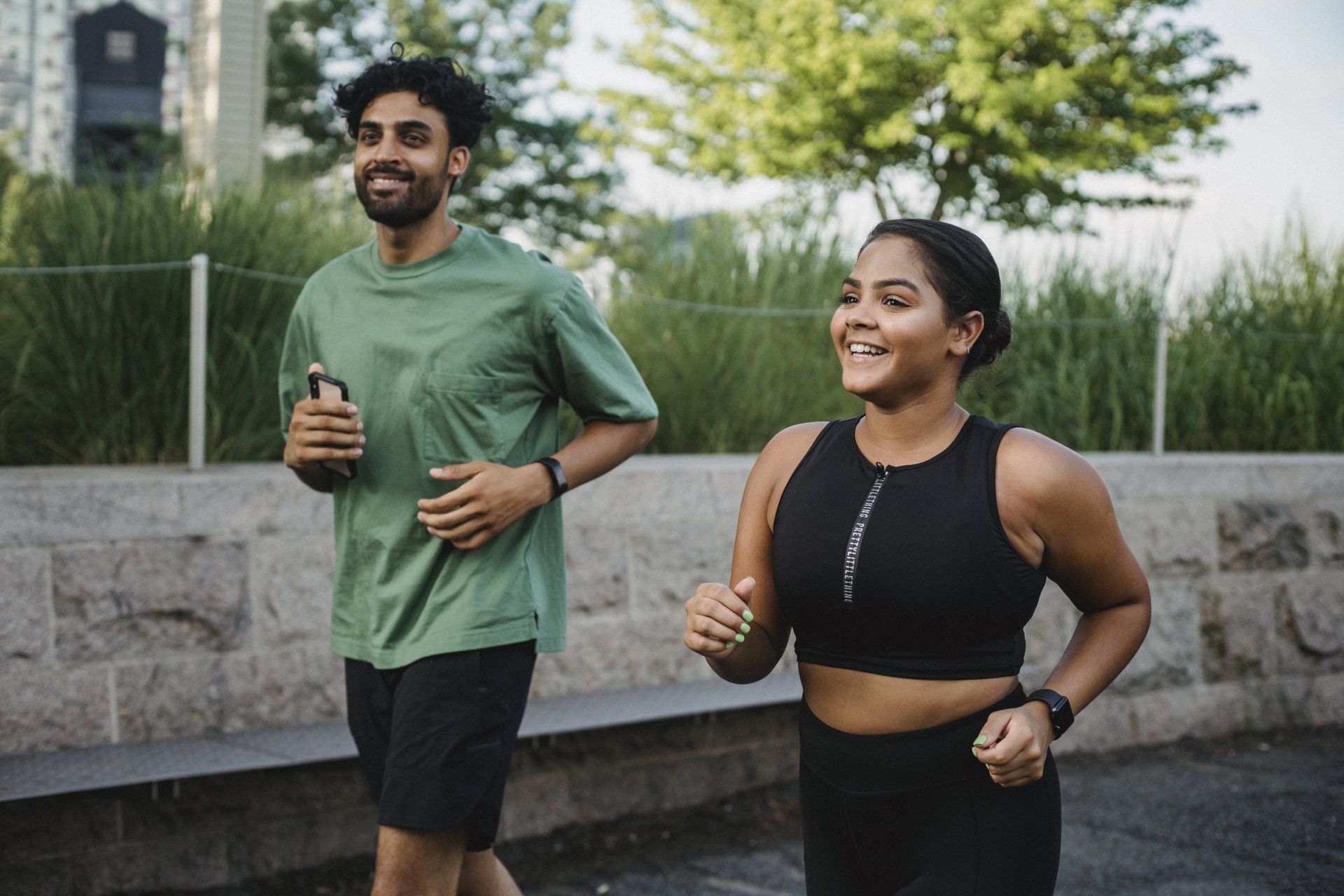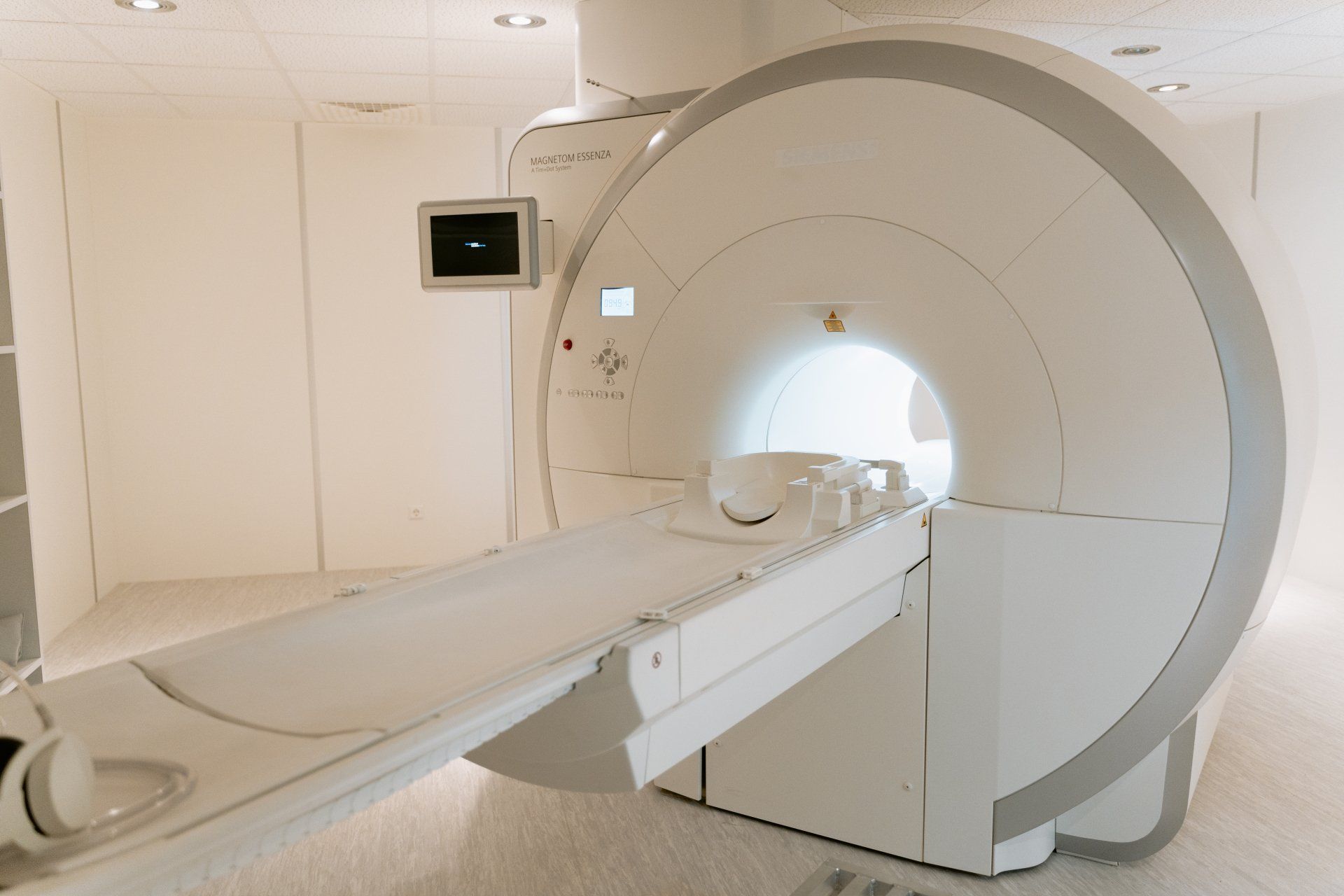November 10, 2022
Knee Ligament Injury Explained - What You Should Know
Author
Karuna P
Registred CQC Manager
Date
08/12/2025
Knee Ligament Injury: Causes and Healing a Ligament tear
Accidents, slips, and sports-related mishaps are the most common causes of knee ligament injury. Damage to the ACL (anterior cruciate ligament) alone affects an estimated 250,000 Americans yearly. In the UK it is estimated that around 20,000 primary ACL reconstruction operations are performed each year.
Knee ligament damage is most frequently reported among males and females who are involved in some form of physical activity.
Knee ligament damage is most frequently reported among males and females who are involved in some form of physical activity.
Causes And Diagnosis Of Knee Ligament Injury
Injury to the knee may be caused by a knee ligament tear or sprain. There are two main reasons why knee ligaments get torn or sprained:
- First, knee injury resulting from bumping either or both knees on a surface, structure, or possibly another person, which is often the case for contact sports like basketball.
- Second, the knee injury may result from rotating it or moving it in a direction that is not within its normal range of motion, which is usually the cause of knee injury due to sudden movements, including accidental slips.
When any of your knee ligaments are seriously hurt resulting in a tear or sprain, it is likely that all of the four groups of ligaments that help stabilise your knees are affected in some way. That’s because the four groups of ligaments – medial collateral ligament, lateral collateral ligament, anterior cruciate ligament, and posterior cruciate ligament – are interconnected. Each group functions interdependently with each other.
Although in most cases, a hurt knee will more likely result in a sprain and heal on its own, severe and intolerable knee pain may require immediate medical attention and knee ligament injury treatment. In general, a torn ligament must be ruled out. If the attending doctor’s diagnosis points to a tear, expect healing and recovery to take longer.
How can you tell when you have hurt your knee badly with either a torn or sprained ligament? You should watch out and note the following signs and symptoms.
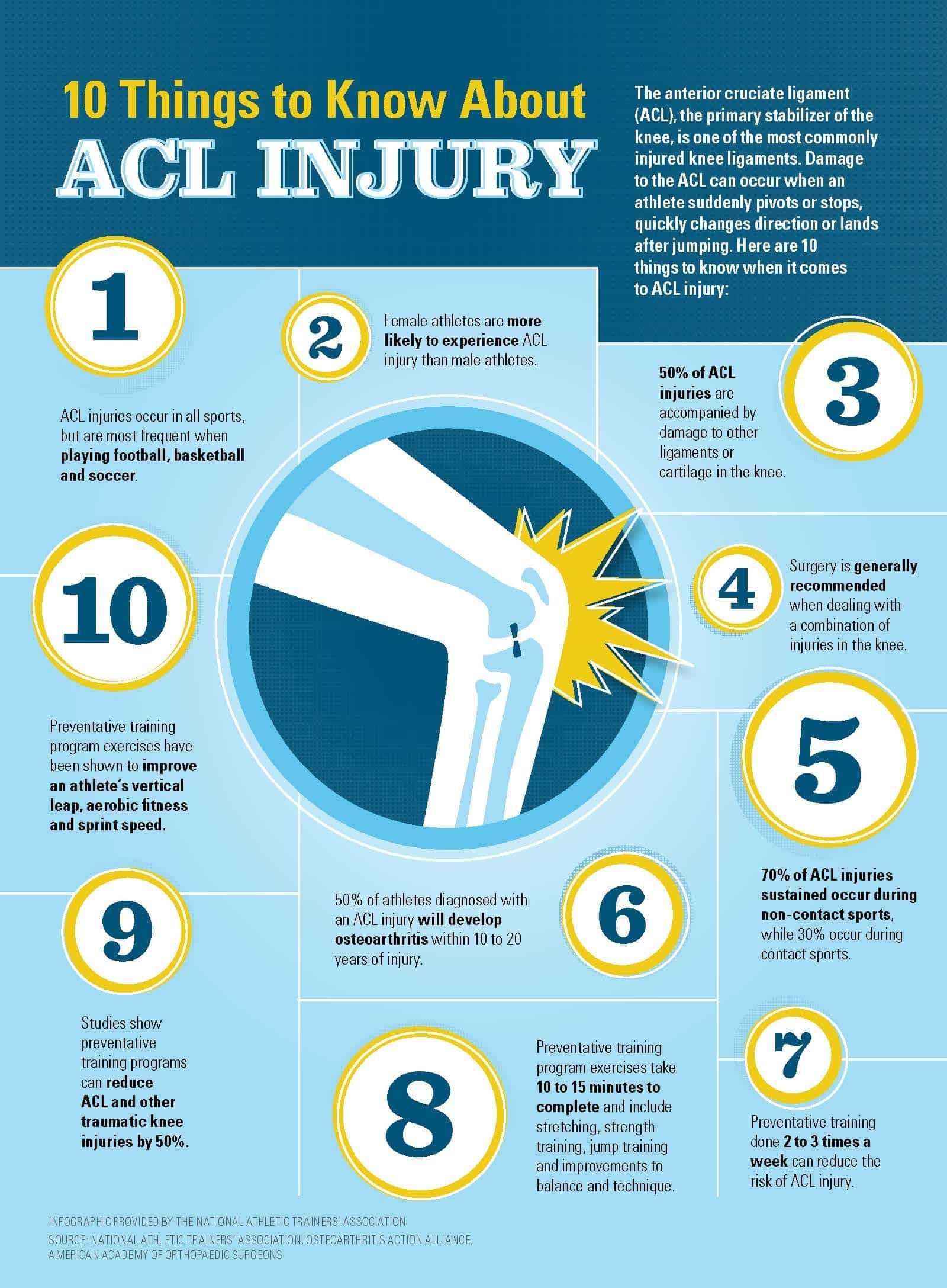
Image Credits: nata.org
- A pop heard or felt during impact or loss of balance or footing which may or may not be experienced over and over when the knees are extended, bent, or rotated
- Discoloration on and around the knee
- Difficulty in bringing the leg up and down, and form side-to-side
- Pain, the severity of which depends on the intensity of impact or severity of knee damage sustained from the impact
- Limping and instability of the knees when standing up or walking around
- Lack of sensation, whether occasionally or continuously, on the affected knee
Following a physical examination of your knee if your doctor still suspects a more severe knee injury or, to rule out a ligament tear on your knee, an image scan may be ordered to view the affected area. The test may utilise an x-ray, ultrasound, or an MRI scan. In some cases, most especially when younger children are involved, the physician will likely request both knees to be scanned even when there are no apparent signs or symptoms.
An
MRI scan for knee ligament
damage provides superior imaging over others. The resulting scan, unlike an x-ray scan, which is the typical diagnostic test implemented to examine a knee injury, provides a view of the soft tissues, including the ligaments and tendons. These soft structures are not visible with an x-ray.
The attending doctor will normally direct the angle by which the MRI scan of the knee should be taken. Based on a study by Gunaydin, et. al, ACL diagnosis using a knee MRI scan can be more learly shown in a maximum knee flexion in the prone position. Here, the person being examined lies face down on the equipment with the affected knee extended to the back which is usually held in place with a restraint.
Knee Injury Healing And Treatment
Most forms of knee pain, including sprain, heal on their own. In general, knee pain is graded on a three-point scale, depending on severity, with Grades I, II, and III corresponding to Mild, Moderate, and Severe, respectively. Grade III Sprain and torn ligaments, however, may require knee ligament surgery . Some Grade II and Grade III cases may require use of a brace.
Patients who hurt their knees are advised to adhere to the following techniques that promote healing:
- Protect the knee from impact that can cause further damage and injury.
- Rest the knee for up to 72 hours and minimise movement.
- Ice the affected knee for up to 30 minutes at a time, several times during the day, to prevent further inflammation and reduce the swelling.
- Compress the affected knee to help regulate swelling.
- Elevate the affected leg and keep it higher than your heart level when sitting or lying in bed.
- Rehabilitate hurt knee by stretching and
performing strengthening exercises regularly. In more severe cases, rehabilitation aided by an institution or a physiotherapist may be necessary. Moderate and severe cases may also require the use of non-steroidal anti-inflammatory drugs to manage the pain.
PAA:
What are the symptoms of a torn ligament in your knee?
Knee ligament pain causes varying degrees of discomfort. However, affected and attending persons must take note that not all forms of torn ligaments cause pain. Instead, lack of stability when standing and walking may be observed following impact. A popping sound may also be observed.
How do you know if knee ligament is torn?
An examining doctor will typically subject a patient to a physical exam that includes leg movements and knee movements and, when necessary, request an x-ray, ultrasound, or knee MRI scan. Imaging is the only way to know for sure if a knee ligament is torn, most especially when the person injured suffers from extreme pain, observes a popping sound on the knee, and experiences difficulty staying in a standing position.
What does an ACL tear look like on MRI?
An ACL may show up as gaps on an MRI scan. Compared to a normal MRI scan without injury, the image will appear with discontinued fibres and show a different angle vs. the optimal angle of the ACL. These are two of the most crucial identifying marks of an ACL which the radiologist and attending doctor will attempt to identify.
Should you walk on a sprained knee?
No. One of the key things to do when your knee is injured, is to rest it. Moving around with a hurt knee may worsen the sprain or tear in your ligament, and lengthen the period of recovery. Minimise movement for up to 72 hours following impact.
References:
Runyan C. (2010). Injury Prevention And Control. Funded projects by the Centers for Disease Control and Prevention. Link:
https://www.cdc.gov/injury/erpo/icrc/2009/1-R49-CE001495-01.html
Access Date: 24 May 2020
Jameson, S.S., et al. (2012) Complications following anterior cruciate ligament reconstruction in the English NHS. Knee 19(1): p. 14-9. Harvard Health Publishing (April 2019). Knee Sprain. Harvard Medical School. Link:
https://www.health.harvard.edu/a_to_z/knee-sprain-a-to-z
Access Date: 24 May 2020
Gunaydin, B, Sahin G, Sari A, Kara A, et.al. A New Method for Diagnosis of Anterior Cruciate Ligament Tear: MRI With Maximum Flexion of Knee in the Prone Position: A Case Control Study. Int J Surg 2019 Aug; 68:142-147 doi: 10.1016/j.ijsu.2019.06.017. Epub 2019 Jul 2 Link:
https://pubmed.ncbi.nlm.nih.gov/31276834/
Access Date: 25 May 2020
Johns Hopkins Medicine. Ligament Injuries To The Knee. Link:
https://www.hopkinsmedicine.org/health/conditions-and-diseases/ligament-injuries-to-the-knee
Access Date: 25 May 2020

